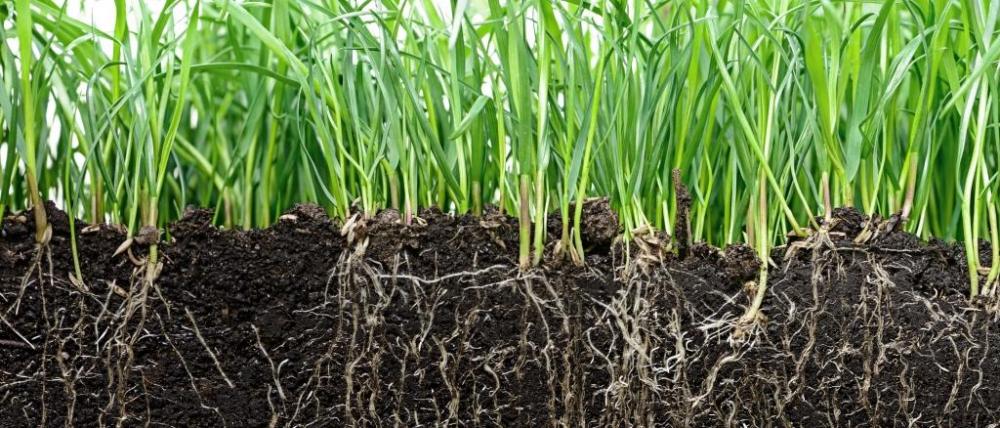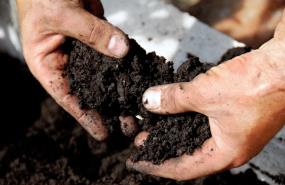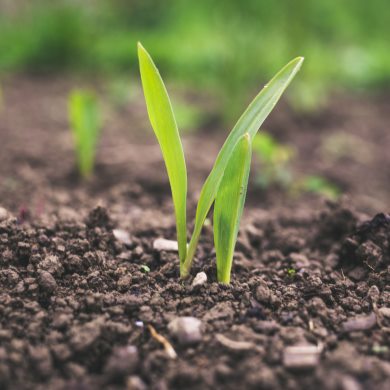Obtaining recognition by leading organizations
(Credit) systems for SOC (CO2) accumulation in agricultural soils are briefly described below. In short, all show requirements and recommendations of workflows. All suggest that the changes in SOC must be credible and permanent. If labelling is given, then this should be on a per project basis.
Verra
The most well-known organization involved in sequestration/avoidance of greenhouse gases (GHG) is Verra. It manages the Verified Carbon Standard (VCS) which is a GHG removal crediting program.
Within VCS, soil owners or other stakeholders can set up so-called projects. Acknowledgment by Verra of such a project means that the quantified reduction of GHG is credible.
A Verra project should result in GHG reduction and, therefore, a Verra project cannot be singly the (description of) soil testing methods. However, SOC measurements are an essential part of Verra projects. Verra describes methods to measure SOC, but Verra does not label or certify the laboratories that carry out SOC analysis according to Verra.
Food and Agriculture Organization (FAO)
The FAO has also published guidance for measuring and modelling soil carbon stocks and stock changes in livestock production systems (FAO, 2019). These guidelines aim to give a harmonized, international approach for estimating SOC stock and stock changes in livestock production systems, but do not provide or identify credits. The ISO standards for SOC measurements are compatible with FAO.
EU
The EU-CRC is currently in the build-up phase. It aims to certify atmospheric carbon removal activities, according to Verra certification. The following was taken from the EU-CRC website.



